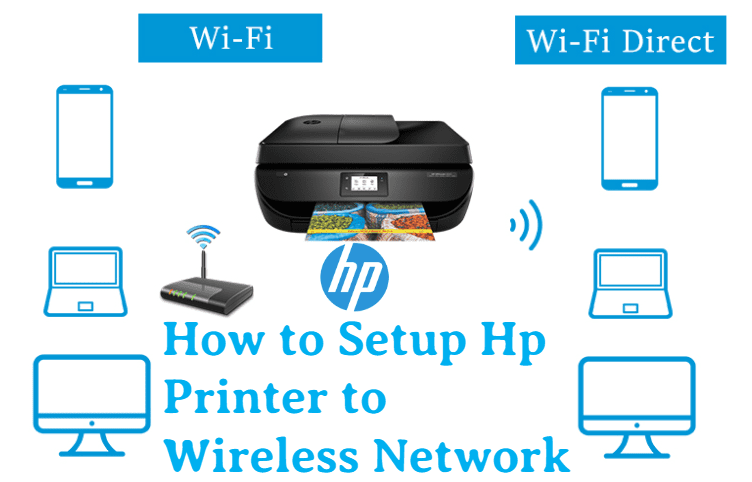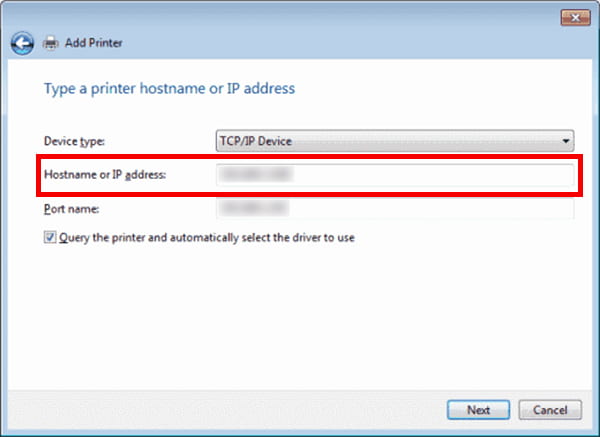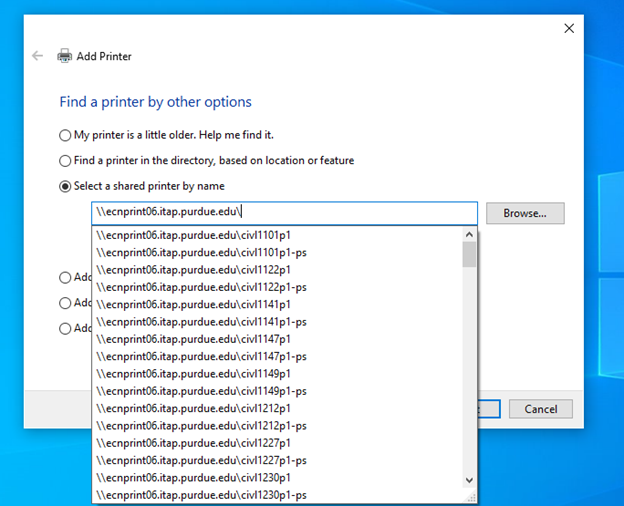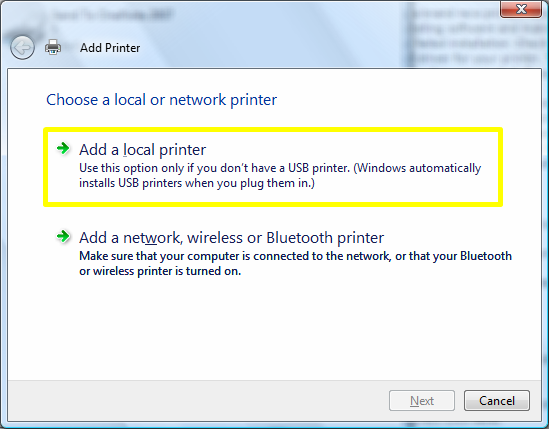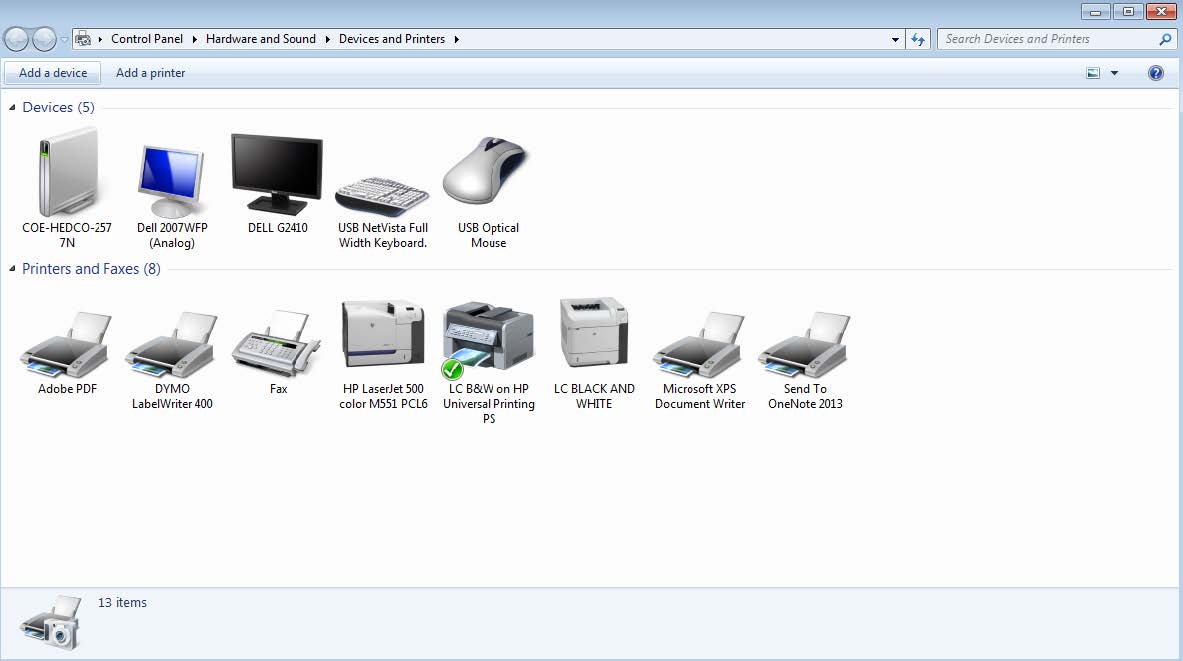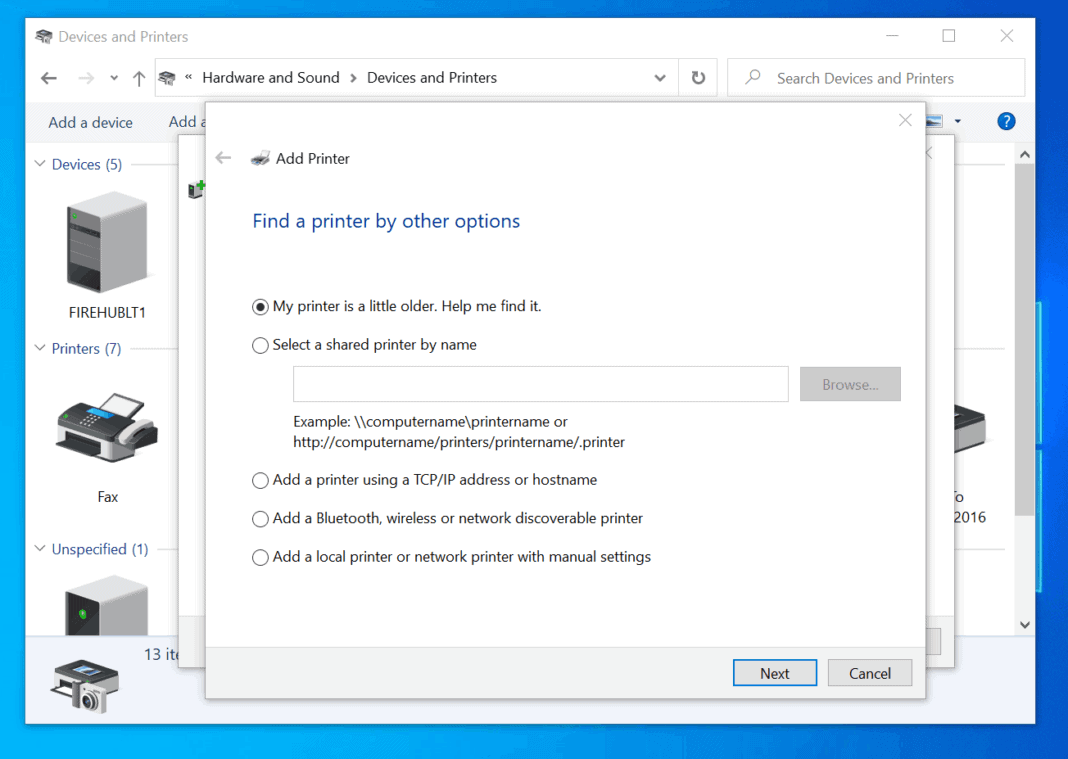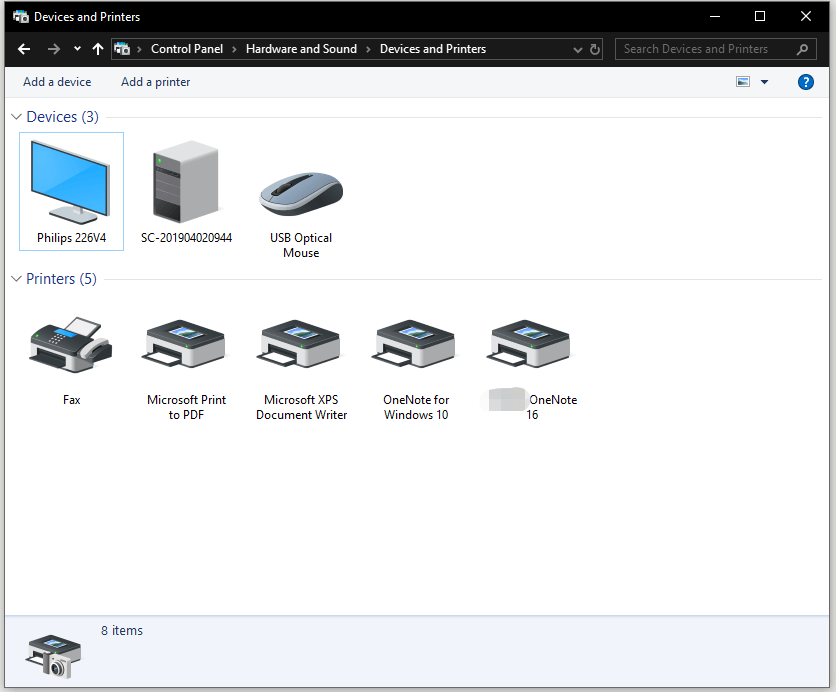How To Add My Printer To My Network

Imagine the scene: You've just finished crafting the perfect document, a masterpiece of words and formatting, ready to be shared with the world (or at least your colleagues). But as you hit 'print,' a familiar wave of frustration washes over you. Your printer, usually a reliable workhorse, seems stubbornly disconnected, lost in the digital wilderness.
Getting your printer connected to your network is easier than you might think, and this guide will walk you through the common methods to get you printing smoothly again.
Understanding the Basics
Before diving in, it's helpful to understand the fundamental ways printers connect to networks.
Most modern printers use either Wi-Fi or Ethernet connections.
Wi-Fi allows for wireless printing from anywhere within your network's range, while Ethernet provides a stable, wired connection, generally offering faster speeds and greater reliability.
Wireless Connection: The Most Common Approach
Connecting via Wi-Fi is the most popular method for home and small office environments.
Start by ensuring your printer is Wi-Fi enabled. This is usually indicated by a Wi-Fi symbol on the printer's control panel or in its settings menu.
Many printers feature a Wi-Fi setup wizard directly on their display screen. Follow the prompts to select your Wi-Fi network and enter your password.
If your printer lacks a display, don't worry! Many manufacturers offer software that you can install on your computer.
This software will guide you through the Wi-Fi setup process, often automatically detecting your printer and available networks.
Consider checking your printer's manufacturer's website for the latest software and drivers.
Ethernet Connection: A Reliable Alternative
For those seeking a rock-solid connection, Ethernet is the way to go.
Simply plug an Ethernet cable into the port on your printer and connect the other end to your router or network switch.
Once connected, your computer should automatically detect the printer on the network.
If not, you may need to manually add the printer using your operating system's printer settings.
You will likely need the printer's IP address, which can usually be found in the printer's network settings.
Refer to your printer's manual for instructions on finding the IP address.
Adding the Printer to Your Computer
Once your printer is connected to your network, you need to add it to your computer's list of available printers.
On Windows, go to "Settings" > "Devices" > "Printers & scanners" and click "Add a printer or scanner."
On macOS, go to "System Preferences" > "Printers & Scanners" and click the "+" button.
Your computer should automatically detect the printer. Select it and follow the on-screen instructions to install the necessary drivers.
If the printer isn't automatically detected, you may need to manually add it by selecting the option to add a printer by its IP address or hostname.
Again, you'll need the printer's IP address for this method.
Troubleshooting Common Issues
Sometimes, things don't go as planned.
If you're having trouble, start by checking the basics: Is the printer powered on? Is it connected to the network?
Is your computer connected to the same network?
Another common issue is outdated drivers. Visit your printer manufacturer's website and download the latest drivers for your operating system.
Restarting your printer, computer, and router can often resolve temporary glitches.
If all else fails, consult your printer's manual or contact the manufacturer's support team.
Connecting your printer to your network doesn't have to be a daunting task. By following these simple steps, you can unlock the full potential of your printing setup and enjoy seamless printing from any device on your network. With a little patience and troubleshooting, you'll be back to printing those masterpieces in no time.
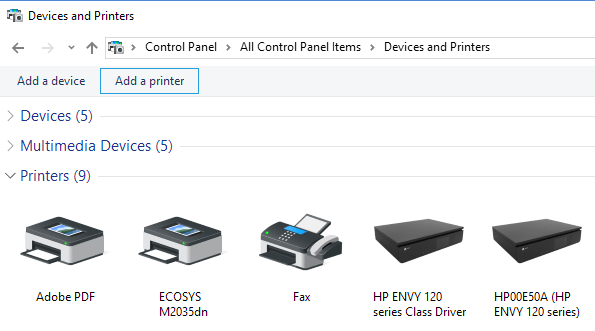
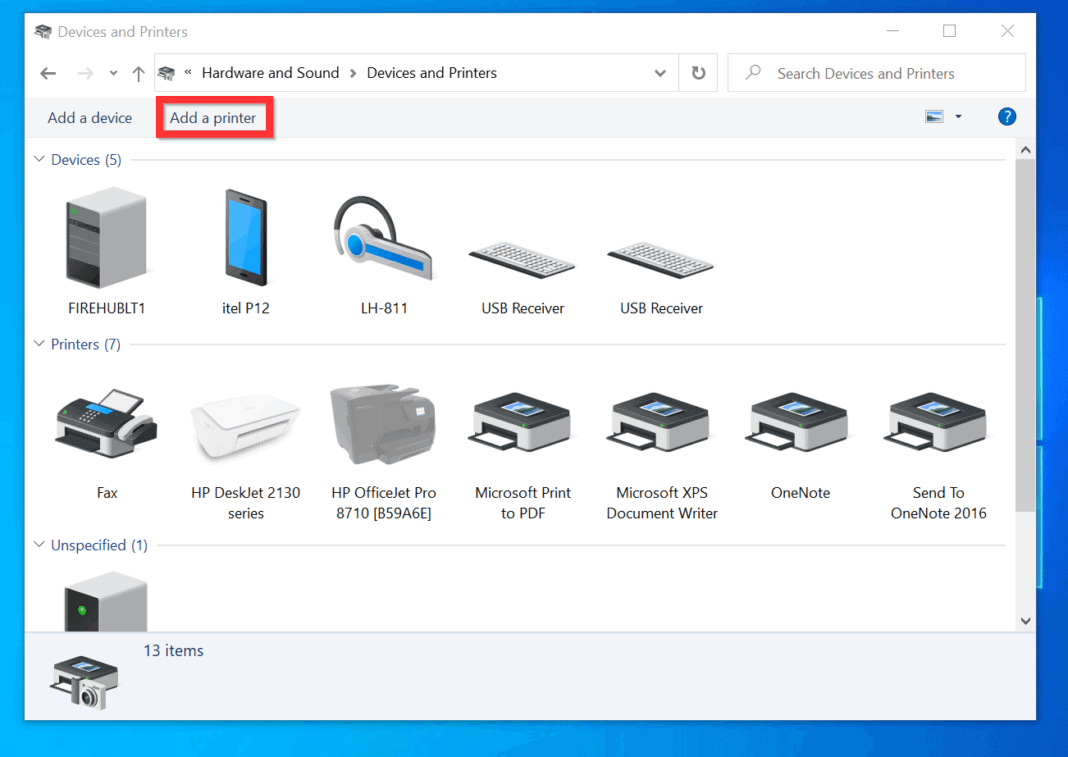

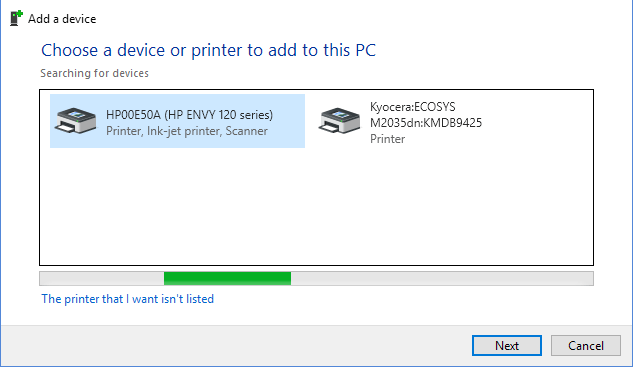
![How To Add My Printer To My Network How to Connect HP Printer to WiFi | [Fast and Effective Guide] - EaseUS](https://www.easeus.com/images/en/wiki-news/how-to-connect-hp-printer-to-wi-fi-feature-image.png)
